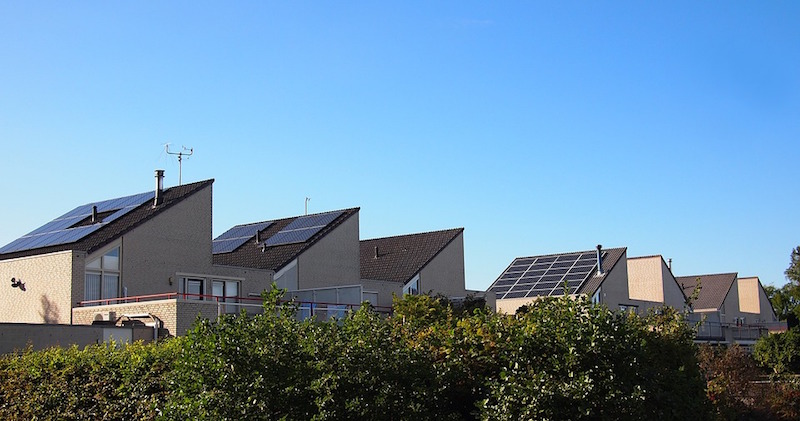Flawed energy efficiency modeling is the reason many green buildings fail to live up to expectations on energy efficiency, according to a U.K. researcher.
David Coley, a University of Bath specialist, led a team that surveyed 108 architects, engineers, and energy consultants who routinely use energy performance models. They asked participants to look at a typical British semi-detached home recently updated to meet current building codes. Then they asked test subjects to rank which improvements made the most difference to energy performance.
Their answers didn’t match up with reality, suggesting a performance gap between modeling and the real world. There were cases where the modelers produced a savings measure that was more than the energy use of the house.
Energy models showing unreasonable results are evident at the preliminary stage on half of projects going through the LEED certification process, according to a U.S. Green Building Council official. Designers have a tendency to accept outputs without evaluating the reasonability of the results, she said.
Part of the reason for the performance gap is that modelers do not usually go onsite to see how the building operates and compare that to the design. Typically there is no expectation that they’ll even talk to the building manager at year one and ask how energy usage compares with the original model.
Related Stories
| Sep 30, 2011
OSHA Releases New Nail Gun Safety Document
The Occupational Safety and Health Administration and the National Institute for Occupational Safety and Health have developed a new guidance document, Nail Gun Safety—A Guide for Construction Contractors.
| Sep 30, 2011
Cement Industry Advocates For Environmental Regulatory Relief
EPA regulations impacting the cement industry could force the closure of 18 of the nearly 100 US cement plants and cost 4,000 manufacturing jobs .
| Sep 30, 2011
IRS Releases New Rule On Reclassifying Independent Contractors
The Internal Revenue Service (IRS) has a new Voluntary Classification Settlement Program that allows an employer to reclassify independent contractors as employees if those workers previously were misclassified.
| Sep 29, 2011
Illinois Grapples With Definition of ‘Clean’ Construction Debris
The Illinois Pollution Control Board holds hearings this week about construction debris rules proposed by the state Environmental Protection Agency.
| Sep 15, 2011
Alabama Prepares First Statewide Residential Building Code
Following a series of devastating tornadoes that ripped through Alabama on April 27th, the state is preparing to implement the first statewide building code for residential structures.
| Sep 15, 2011
New Label Established For Energy Efficient Doors in UK
The British Fenestration Ratings Council (BFRC) has established a labelling program for all types of domestic pedestrian doors.
| Sep 15, 2011
EPA Releases New High-Rise Residential Energy Star Rating
The U.S. Environmental Protection Agency recently announced an Energy Star rating for multi-family high-rise buildings.
| Sep 15, 2011
Bill Seeks To Spur Stronger Building Codes Nationwide
The Safe Building Code Incentive Act of 2011 would provide strong financial incentives for states to adopt and enforce strong building codes.
| Sep 15, 2011
New Federal Law Limits Amount of Formaldehyde in Wood
President Obama signed into law legislation that limits the amount of formaldehyde in wood. The new measure will impact particle board and other composite wood products .
| Sep 12, 2011
Living Buildings: Are AEC Firms up to the Challenge?
Modular Architecture > You’ve done a LEED Gold or two, maybe even a LEED Platinum. But are you and your firm ready to take on the Living Building Challenge? Think twice before you say yes.








